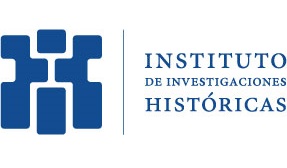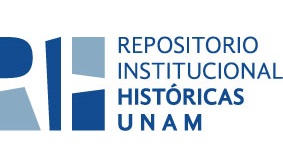Los Tarascos ante el sacrificio
| dc.contributor.author | Martínez González, Roberto |
| dc.date.accessioned | 09/07/2024 01:14 |
| dc.date.available | 09/07/2024 01:14 |
| dc.date.issued | 2022 |
| dc.identifier.issn | 1507-7241 |
| dc.identifier.uri | http://hdl.handle.net/20.500.12525/3173 |
| dc.description.abstract | The aim of this text is to elucidate the logical principles of human sacrifice among the Tarascans. We start by analyzing sixteenth- and seventeenth-century documentary sources in search of the uses of the bodies of victims and the results of the labor invested in the ceremony. From this perspective, although the ritual oblation ritual oblation can be interpreted as a gift or an act of communication with the deities, the most important aspect is that goods are transferred to diff erent types of people and groups. Thus, we conclude that the type of sacrifice carried out by the inhabitants of ancient Michoacan must be seen as a complex process of energy redistribution capable of affecting diff erent types of entities; following an accumulative principle, this begins with the concentration of merits for the work, it continues with the transformation of the victim into potential benefits, and it culminates in the dispersion of benefi ts among allies |
| dc.description.abstract | El objetivo central del presente escrito es elucidar los principios lógicos del sacrificio humano entre los tarascos. Partimos del análisis de las fuentes documentales de los siglos XVI y XVII; en ellas, nos enfocamos en los usos de los cuerpos de las víctimas y los resultados que se desprenden del trabajo invertido en la ceremonia. Se observa, desde esta perspectiva, que si bien la oblación ritual puede interpretarse como un don o un acto de comunicación con las deidades, lo más importante es que se transfi eren bienes hacia distintas clases de personas y colectivos. Concluimos, pues, que el tipo de sacrifi cio realizado por los habitantes del antiguo Michoacán ha de ser visto como un complejo proceso de redistribución de energía, capaz de afectar a distintos tipos de entidades. Según un principio acumulativo, este inicia con la concentración de méritos por el trabajo, continúa con la transformación de la víctima en benefi cios potenciales y culmina con la dispersión de benefi cios entre aliados |
| dc.format | |
| dc.format.extent | 645 KB |
| dc.format.extent | p.143-163 |
| dc.language.iso | spa |
| dc.publisher | Instituto de Estudios Ibéricos e Iberoamericanos, Universidad de Varsovia |
| dc.relation.ispartof | https://dialnet.unirioja.es/servlet/articulo?codigo=8834382 |
| dc.rights.uri | http://creativecommons.org/licenses/by-nc-sa/4.0 |
| dc.source | Itinerarios 36 (2022). https://dialnet.unirioja.es/servlet/articulo?codigo=8834382 |
| dc.title | Los Tarascos ante el sacrificio |
| dc.type | Artículo |
| dcterms.bibliographicCitation | Martínez González, Roberto . "Los Tarascos ante el sacrificio". Itinerarios 36, 36 (2022): p.143-163. http://hdl.handle.net/20.500.12525/3173 |
| dc.rights.holder | Instituto de Estudios Ibéricos e Iberoamericanos, Universidad de Varsovia |
| dc.coverage.placeofpublication | Polonia |
| dc.subject.keywords | tarascos |
| dc.subject.keywords | Michoacán |
| dc.subject.keywords | sacrificio humano |
| dc.subject.keywords | intercambio |
| dc.subject.keywords | concepción del cuerpo |
| dc.type.publicationversion | publishedVersion |
| dc.audience | students |
| dc.audience | researchers |
| dc.audience | teachers |
| dc.rights.access | openAccess |
| dc.relation.alternativeidentifier | https://dialnet.unirioja.es/servlet/articulo?codigo=8834382 |
| dc.relation.volume | 36 |
Files in this item
This item appears in the following Collection(s)
Except where otherwise noted, this item's license is described as http://creativecommons.org/licenses/by-nc-sa/4.0




